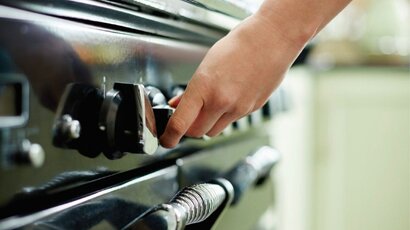Why Is My Cistern Leaking?
Learn how to address cistern leaks and prevent water waste. This blog post explains leaky cisterns’ causes, signs, and repair options. Don’t let it lead to higher bills or wasted water – check out this helpful blog.
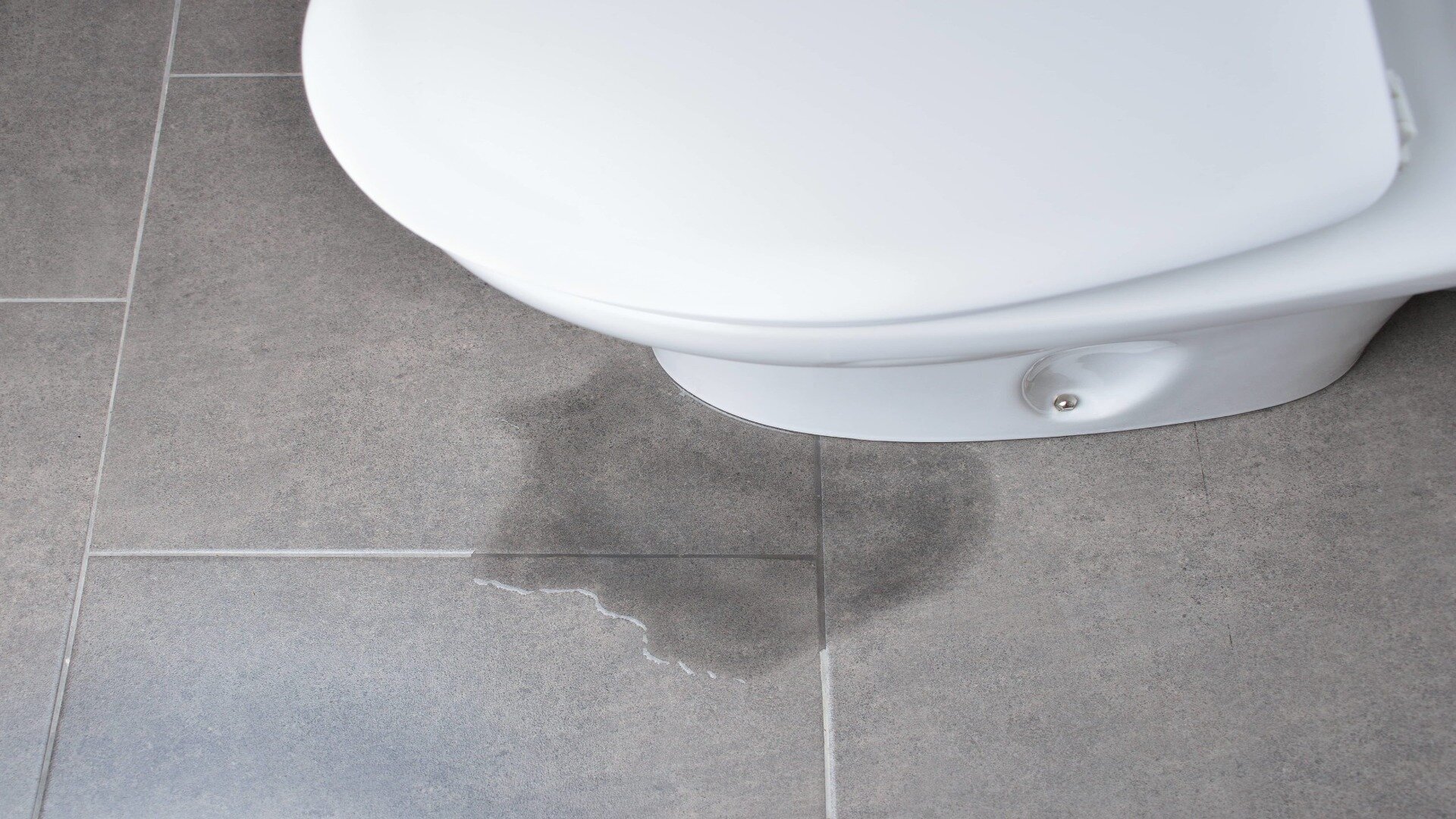
Notice water pooling around your cistern, or maybe your water bill is rising unexpectedly? It might be that your home’s water tank is leaking. Cisterns play a crucial role in collecting and storing water from rainfall, providing access to either non-potable or potable water in homes and buildings. But, like any plumbing system, they can develop leaks over time.
Figuring out why your cistern leaks is the first step in fixing the problem. In this post, we’ll explore the most common causes of cistern leaks and offer tips to help you identify the source.
We’ll look into various repair options, from simple DIY fixes to knowing when to call a professional. Our goal is to help you troubleshoot leaks effectively and make well-informed repair decisions.
By the end, you’ll better understand why cisterns spring leaks and how to diagnose where water is escaping from your system. Getting on top of cistern leaks quickly can prevent further water damage and unnecessary waste. So, let’s begin by exploring what may be behind your leaky cistern woes and how to stop the stream!
Over time, various common factors can cause cistern leaks. Understanding these can be your first step in identifying why your tank might be leaking. Some prevalent causes include:
Cisterns may be constructed from materials like concrete, plastic, fibreglass or metal that can degrade as they age. Over 10-20 years, ageing tanks can develop small cracks or faults that allow water to escape. Harsh water chemistry or lack of maintenance accelerates this aging process.
If located in an area prone to freezing temperatures, cracks may form when water expands as it turns to ice inside the cistern. This is a common problem with underground tanks. Freeze-thaw cycles place stress on the tank walls.
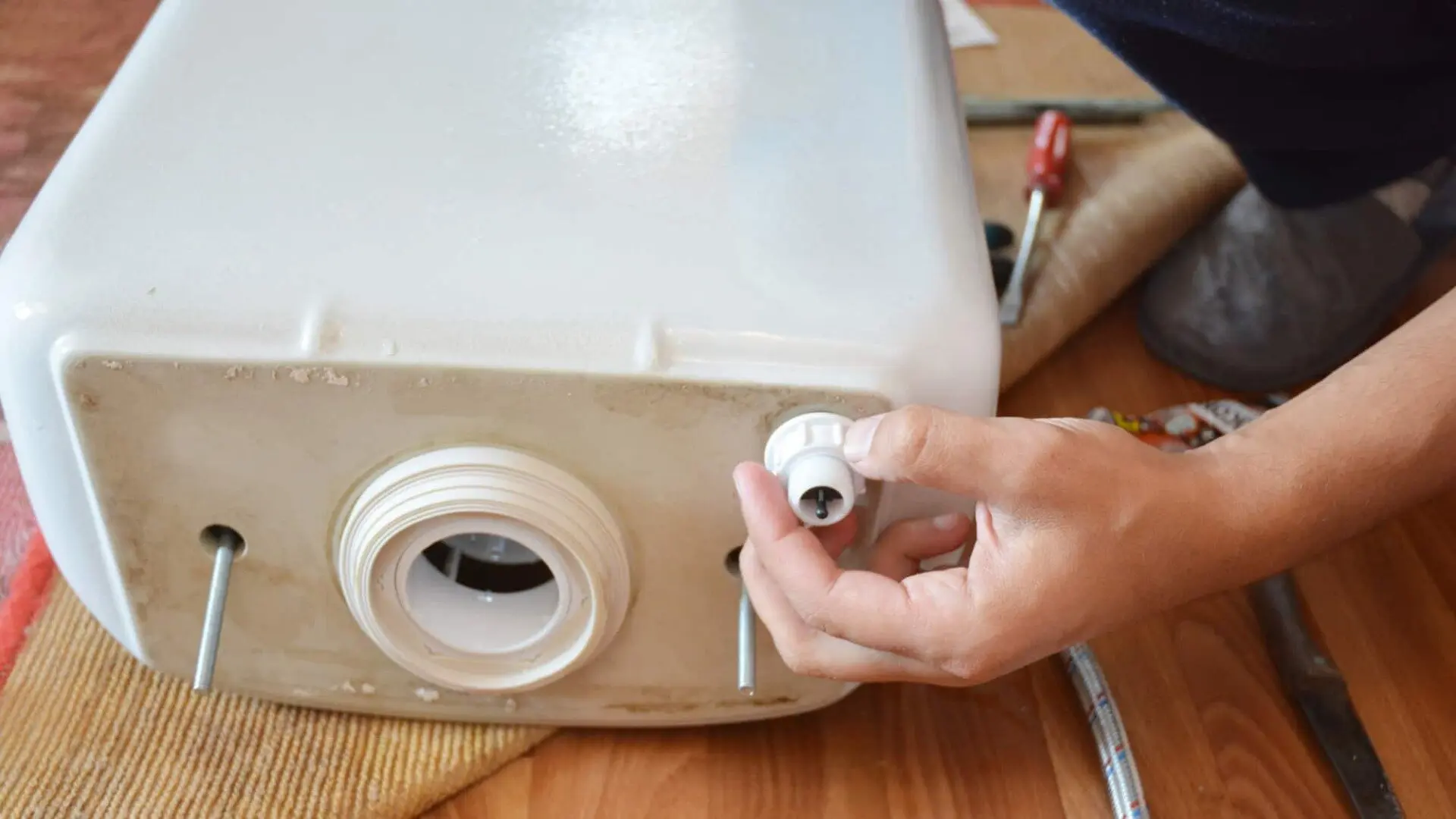
Issues during the initial cistern installation, such as improper bedding, backfilling, or sealing between tank sections, can lead to persistent problems. Small defects like leaks might quickly become noticeable.
Rodents, snakes, insects and other pests sometimes enter cisterns and cause damage while nesting or moving about. Their chewing or burrowing habits create holes that turn into leaks.
Rarely, manufacturing or material defects could lead to leaks appearing sooner than normal. Seams or joints may be improperly bonded from new or stress points, causing cracks to form.
A leaky toilet cistern depends on various factors. There are a few telltale signs that can indicate you have a leaking toilet cistern. One of the most obvious signs is noticing puddles, damp patches, or water pooling around the base of your cistern over time.
You may also find your household water bills have increased without any other changes in water usage patterns. Another clue is that water pressure is lower than normal coming from faucets and showerheads supplied by the tank.
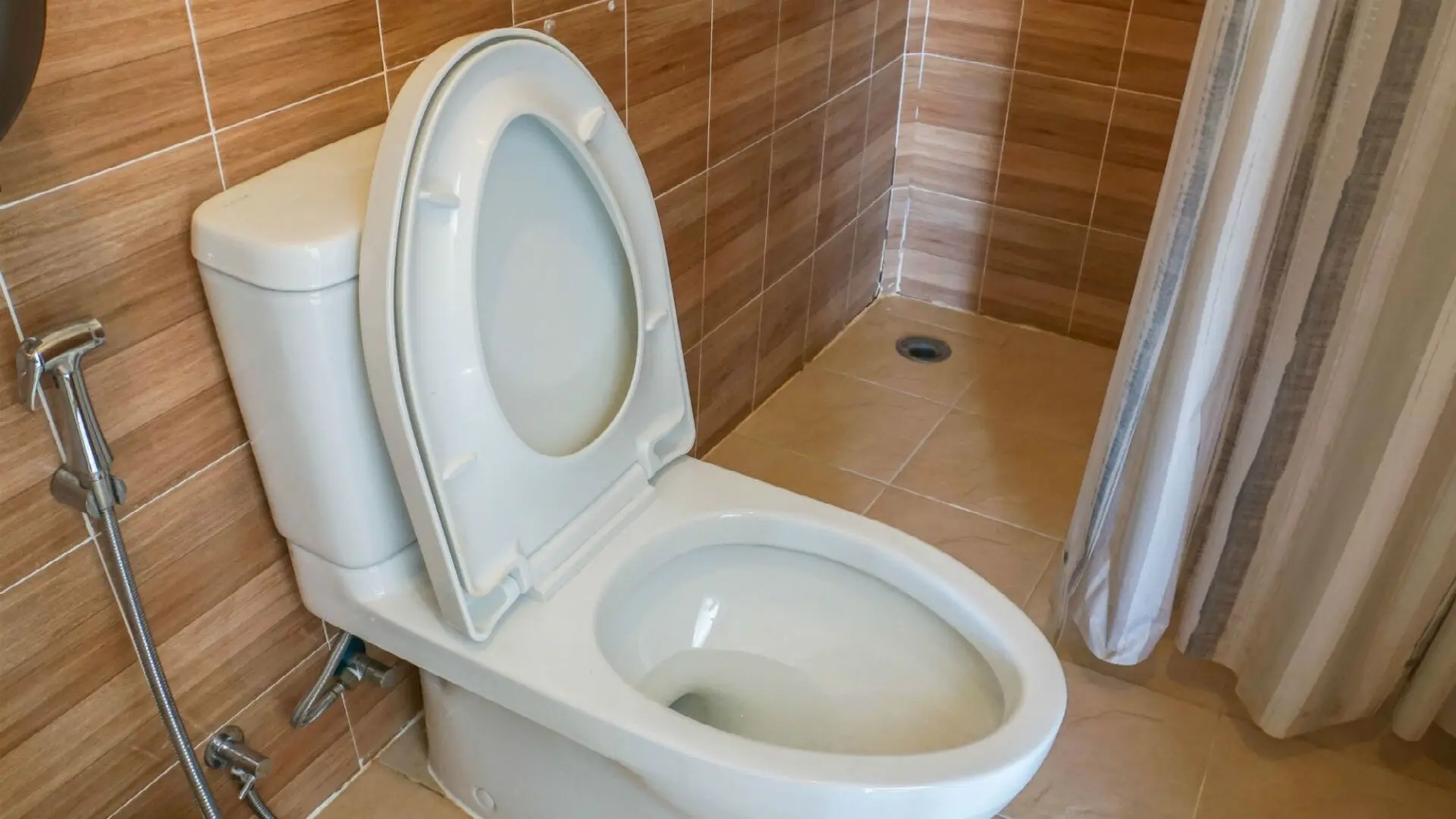
A decreased water level in the cistern between rainwater refills than expected could also point to a leak. It’s also a good idea to routinely inspect the area around your cistern foundation for damp spots or water stains that may have developed.
Paying attention to any buzzing or dripping noises coming from the cistern area, especially after it fills, can help pinpoint if a leak is present. Notifying signs early helps address leaks before they worsen or lead to costly water damage issues.
Once you’ve identified signs of a leak, the next step is to locate precisely where it is coming from. Start by visually inspecting the entire exterior tank surface and surrounding soil.
Look for obvious cracks, holes or moisture trails. You can also try a dye test by adding a few drops of food colouring or other non-toxic dye to the filled cistern and examining the outside for any colouring emerging.
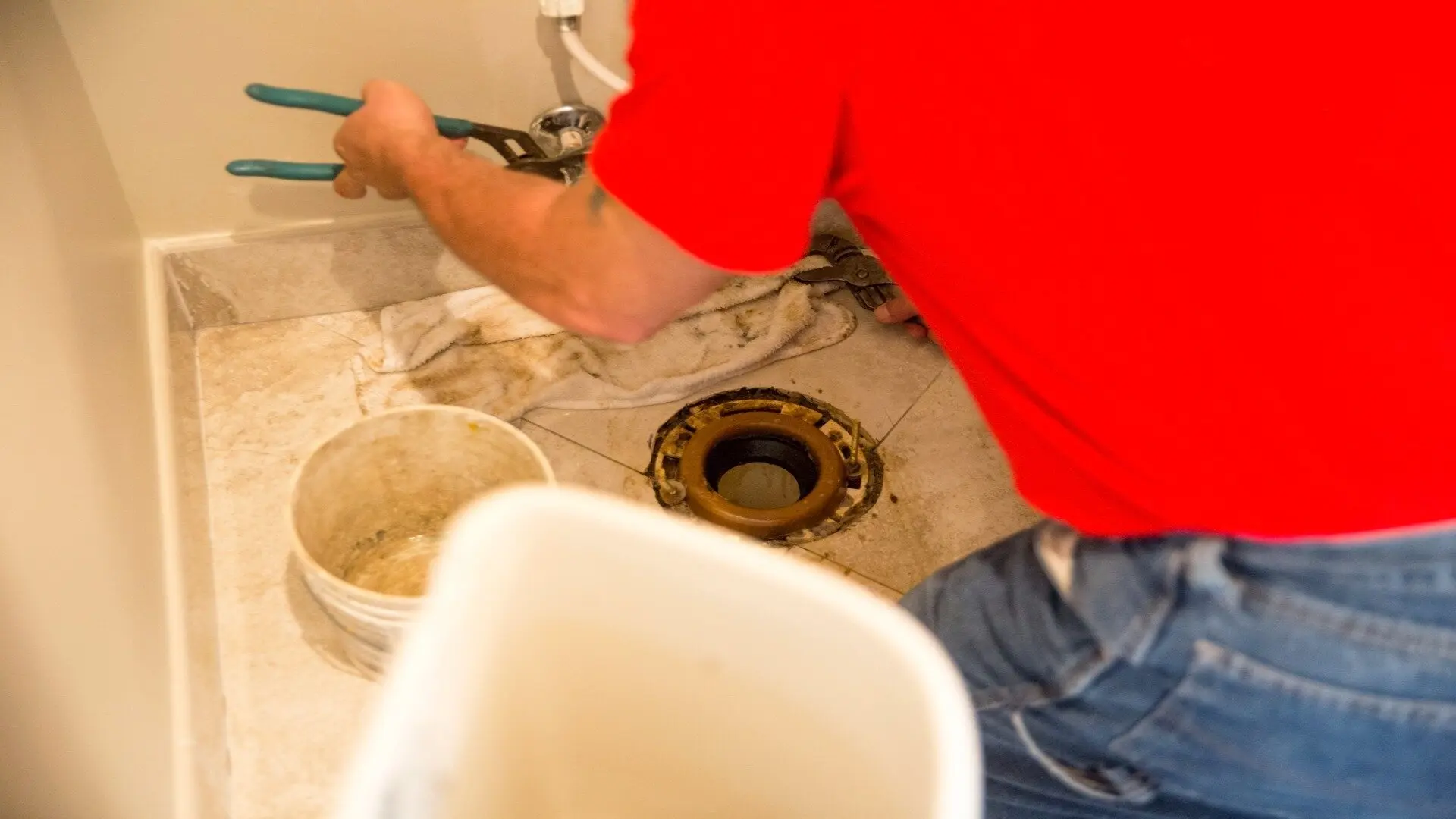
Using a stethoscope or a simple rubber hose against the cistern wall can help pinpoint dripping sounds. An infrared camera can also detect temperature variations, indicating leaks.
If the source is not readily visible, it may be necessary to lower the water level and feel or re-inspect certain areas again. Find the outlet valve, which should be in the middle of the cistern as you look downwards. Narrowing down the leak location repairs is much easier.
How to fix a leaking toilet cistern depends on whether the problem is inside or outside the toilet. Minor cracks or leaks can sometimes be repaired by chipping away loose material and applying a flexible sealant for potable water systems.
Patching may require grinding or specialised epoxy products for larger cracks. If the tank interior is corroded, relining could be necessary. When the problem is a toilet cistern leaking, and the leak seems to be coming from higher up the system, then this could be a problem with the seal of the flush pipe. The tank must disappear so you or a professional can replace that seal. In all cases of DIY repairs, following product directions carefully is crucial.
The next step would be to test the float valve and notice if it is shutting correctly. We suggest lifting the float for that, and if you see that the water stops running, you need to adjust the level of the float. Water running into the toilet bowl is a sign the rubber washer, which seals the cistern, has ripped or perished. It can be easily replaced. However, after testing and finding that water still runs into the bowl, it may be a sign that the internals of the toilet cistern need to be replaced, too.
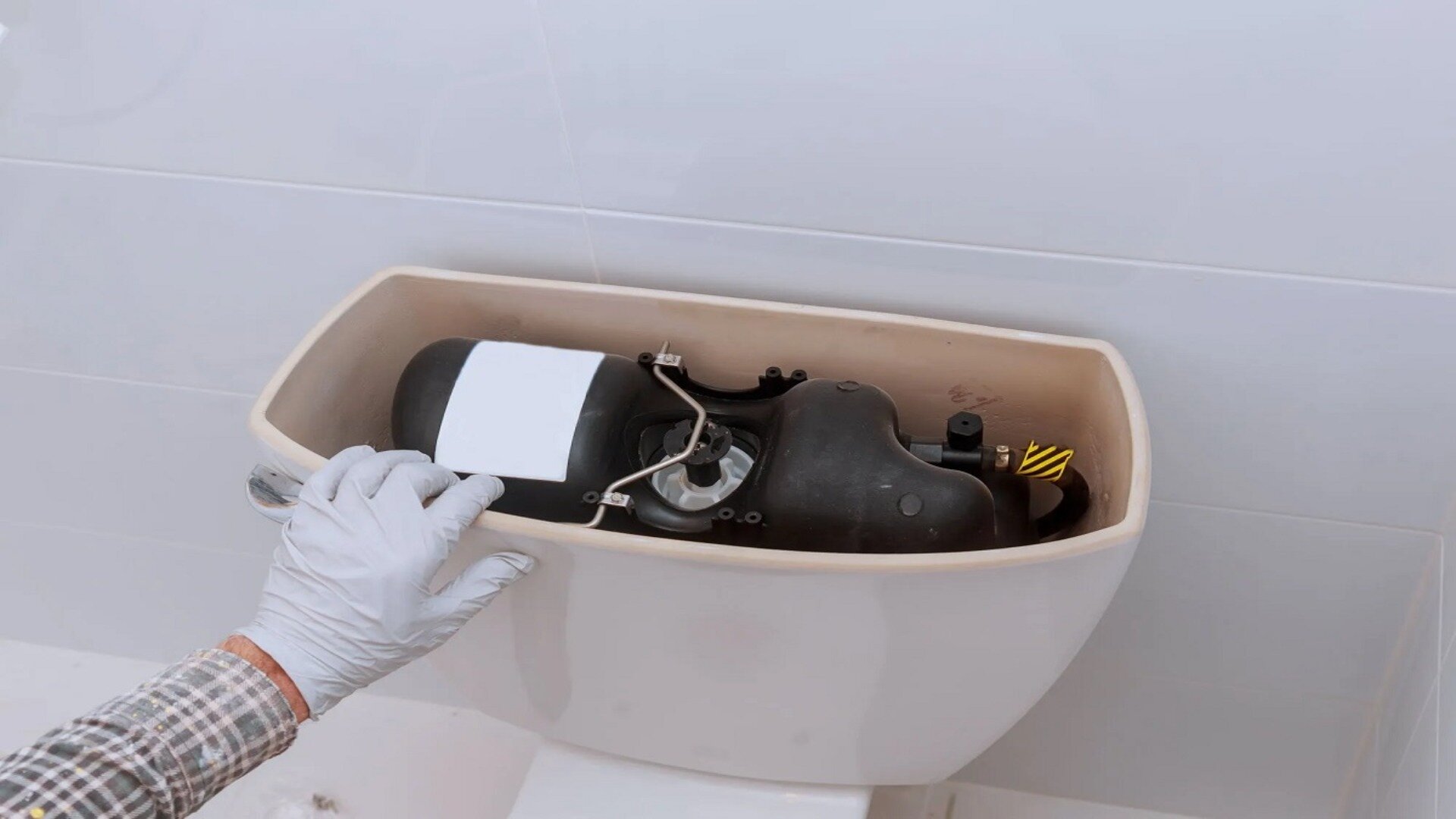
The flush pipe seal between the tank and the bowl may need replacing due to wear and tear. This can be tricky, so we recommend getting a plumber to help. More severe leaks may mean the entire cistern needs replacing, likely requiring professional installation. It’s also advisable to consult a plumber for complex issues like pinhole or multiple leaks.
A toilet cistern that constantly fills up when no one has used it requires a new water inlet valve. It’s a fix that most plumbers are experienced in repairing. A universal water inlet valve can be retrofitted to most cisterns, but the water valve must be ordered if you have an induct cistern. Locate the outlet valve, inlet valve, rubber seal, and other stuff and check them for problems. Generally, repair makes sense for newer tanks, while replacement is better for older, deteriorated cisterns. The right solution depends on the cistern’s age, material, and severity of the leak.
Taking some preventative steps can help your cistern last longer with fewer leaks. Providing adequate freeze protection if the tank could experience freezing temperatures is essential.
Insulation or heat tracing installed according to code can keep water from expanding inside. Perform routine maintenance like seasonal cleaning, checks for structural integrity, and water quality testing.
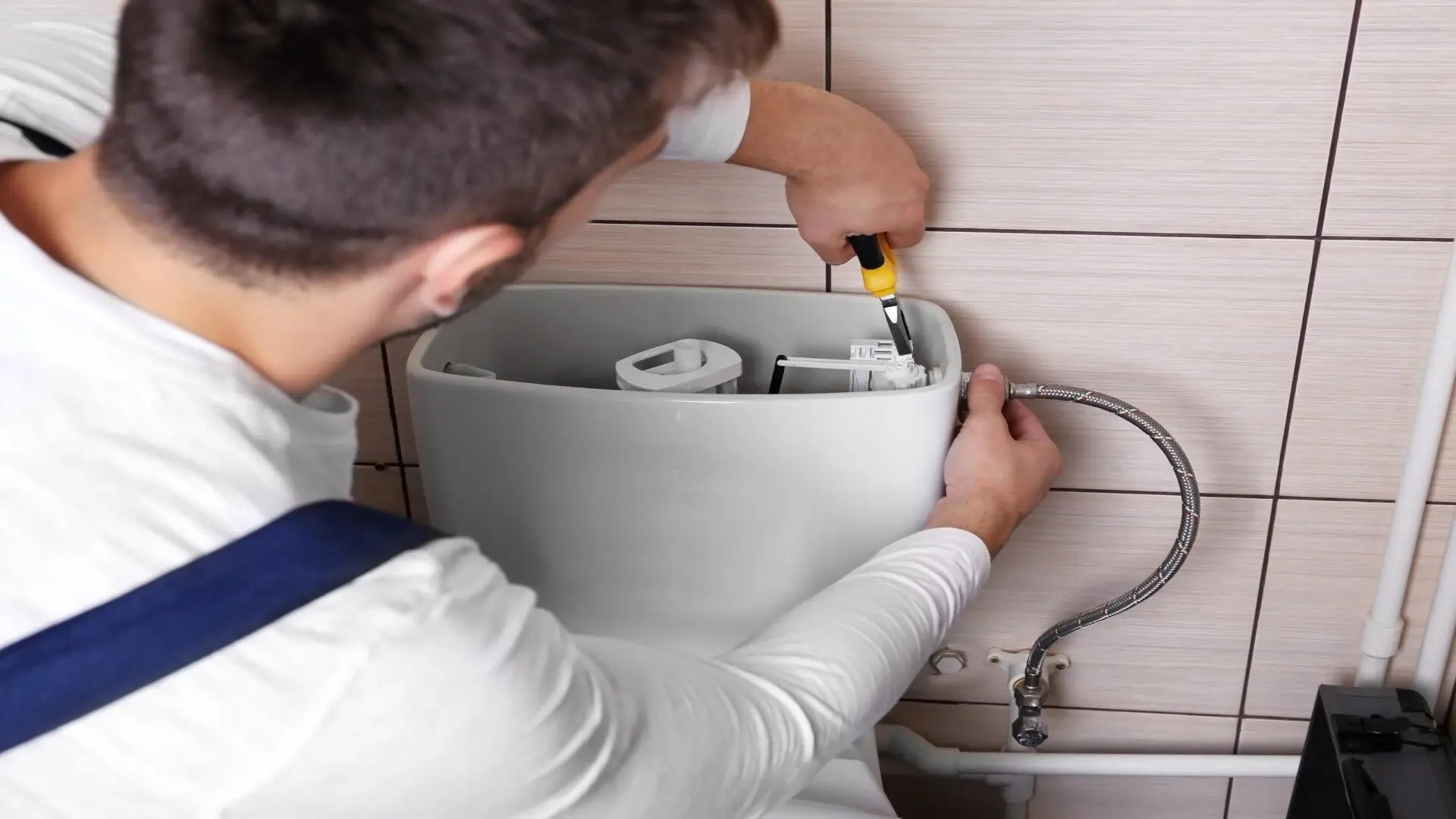
Repair minor issues before they become serious problems. Consider new materials like HDPE (high-density polyethylene), which are resistant to impact, corrosion, and freeze or thaw damage.
Always have a licensed plumber perform installations to proper standards. Maintain an appropriate drainage system around the cistern foundation so it does not get soaked after heavy rains. Regular care and choosing durable tank designs can help reduce the chances of leaks reoccurring.
Hopefully, this blog post has helped you better understand the common causes of cistern leaks, as well as guided diagnosis and addressing the issue. Catching leaks promptly can prevent further water damage to your home’s plumbing system. If you need assistance locating difficult leaks, repairs involving tank entry, or complete replacement of an older cistern, don’t hesitate to contact the professionals.
We have decades of experience handling all matters related to cistern upkeep and repair at WP Plumbing. Our licensed plumbers are standing by to help you determine if your tank needs minor sealing or if a larger solution is required.
Whether you need assistance with leak detection, repairs, freeze protection installation, or full replacements, we can ensure your cistern securely stores water without leaks. Contact us today to explore your options and schedule an appointment. Our goal is to restore your plumbing efficiently and hassle-free.
Discover crucial steps to take in the event of a gas leak emergency, ensuring the safety of your loved ones and your property.
Not sure how to detect a gas leak from your stove at home? Don’t worry; we’ve got you covered with our comprehensive and straightforward to follow guide on how to identify a gas leak from your kitchen.
Is your shower leaking and you can’t figure out why? Mineral build-up might be the silent offender. Over time, hard water deposits can clog, crack or warp key parts of your plumbing, leading to sneaky leaks that can cause major damage. In this post, we’ll break down how it happens, what warning signs to look for, and how to stop it before your bathroom turns into a soggy mess.
